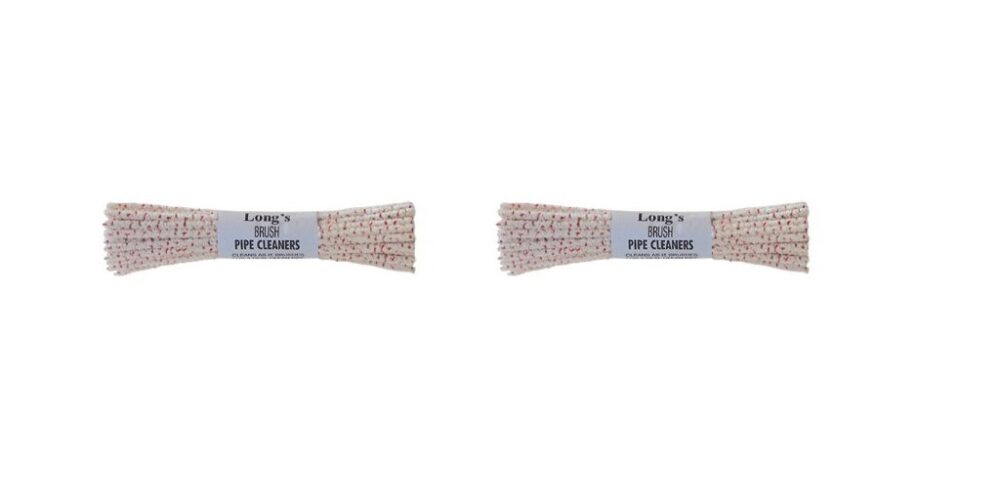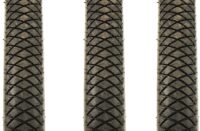Thinking about getting into the age-old art of smoking a pipe? The ritual, from packing and lighting your pipe, even to cleaning it, is one that many pipe smokers around the world thoroughly enjoy.
It is relaxing, stimulating, and engaging all at once. But if you’re just starting out, the diversity in options of pipes and tobacco can be intimidating. Here’s a very high-level view of what you need to know.
Common Types of Pipes
Pipes are made in a huge arrange of styles, from small, stubby Oom Paul pipes to length churchwardens. The following four materials are those that are most commonly used to make them.
● Briar:
Briar pipes are made from the root burl of the tree heath, also known as Mediterranean heather. It is a very strong, dense wood that is typically dark, though it can range from light tan to nearly black. Because it is so hard and dense, it doesn’t burn readily, can absorb a lot of heat, and makes an excellent material for smoking pipes.
● Meerschaum:
Meerschaum, also known as sepiolite or magnesium silicate, is a light, low-density, semi-porous mineral. Because it is inorganic, it cannot burn and does not need to be broken in; it also will not alter the flavor of tobacco. This makes it highly popular with some pipe smokers.
● Corncob:
Some companies, like Missouri Meerschaum, make pipes out of hollowed-out corncobs, which, though the material is lighter and less durable than briar, still affords a good smoke. It is also much more affordable.
● Clay:
Most early tobacco pipes were made out of clay, although today it is a rarity. Clay pipes afford a pure smoking experience, as the clay does not affect the flavor of the tobacco, but they can be difficult to smoke because they become hot very quickly and are quite fragile.
Common Types of Pipe Tobacco
Like types of pipes, there are many types of pipe tobacco. Some of the more common ones are listed below.
● Burley:
Burley is a light air-cured tobacco with a slow, cool burn that is produced mostly in Kentucky. It is also highly absorbent, making it suitable for blending with other tobaccos or with flavorings, to produce aromatic tobaccos.
● Virginia:
Virginia tobacco, which is high in sugar and low in oil, provides a fairly sweet flavor and room note. Like burley, it is also commonly mixed.
● Cavendish:
Cavendish is not a variety of tobacco leaf, but a method of preparing it. Cavendish tobaccos have been toasted, steamed, and aged under pressure. They typically produce light, sweet aromas and room notes.
● Perique:
Bold and spicy, perique tobacco is produced only in St. James Parish, Louisiana. Tobaccos are harvested, dried, and then aged under pressure in whisky barrels.
● Latakia:
Latakia tobacco, like cavendish, is a method of preparation, not a type of leaf. Latakia tobaccos are sun-dried and smoke-cured and produce an intensely smoky, spicy flavor and aroma.
Where Can You Get Pipes and Tobacco Online?
Interested in learning more about pipes and tobacco? Visit Rocky’s Cigars online at RockysCigars.com. They carry a wide range of popular tobacco brands and blends from Lane, Stokkebye and Sutliff, and are ready to help with any questions you have – give them a call at 88-216-5834.












